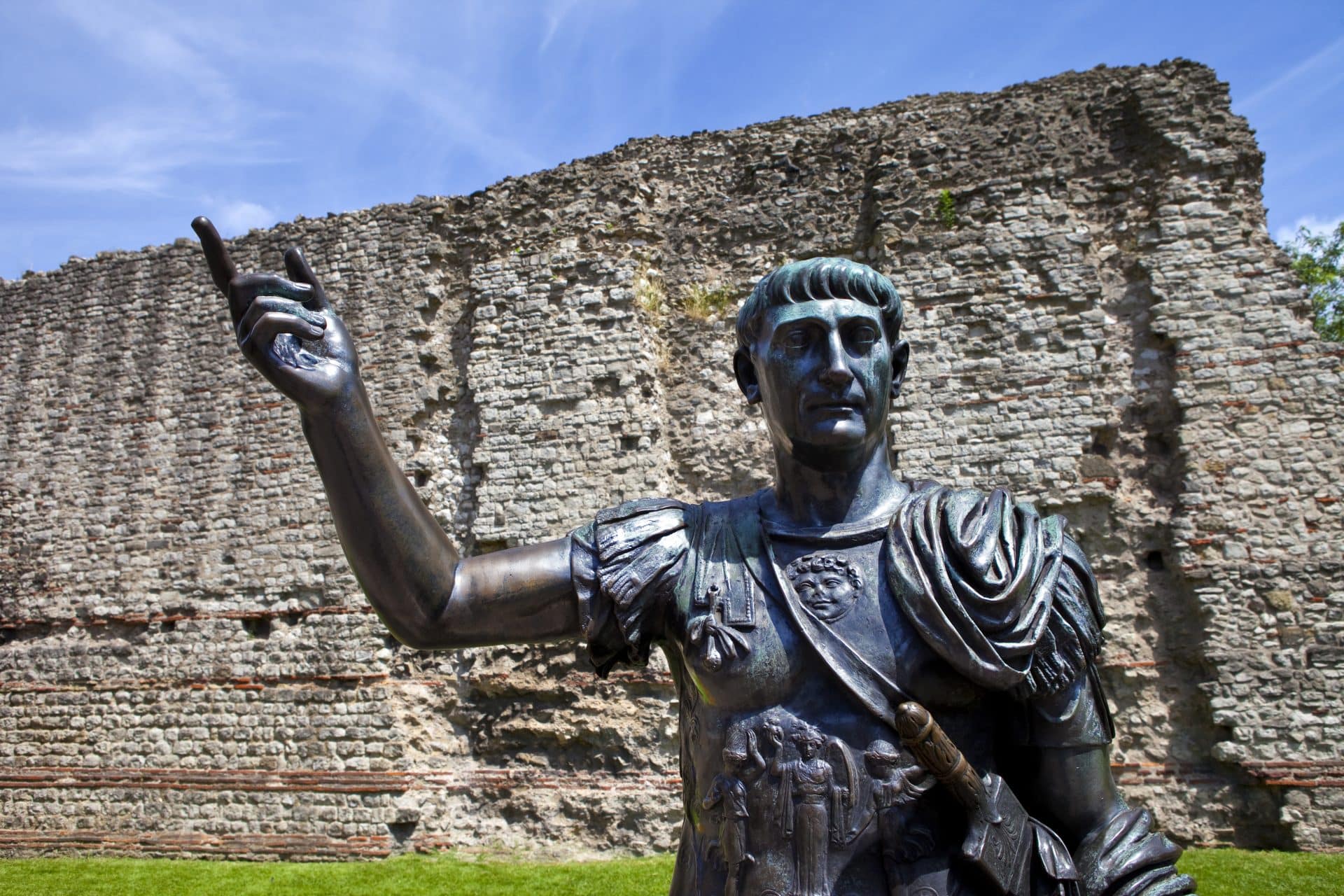Londinium was a settlement established on the current site of the City of London in AD47 (confirmed by a dendrochronological study) around a narrow point on the River Thames.
The purpose of the new settlement is debated, with one theory proposing that Londinium was planned as a commercial port or a civilian enterprise.
By the end of the 1st century AD, Londinium had expanded rapidly and quickly became one of the largest cities in Roman Britannia, replacing Camulodunum (Colchester) as the provincial capital.
The city was centred on modern-day Ludgate Hill to the west and the Tower of London to the East. The northern extent ran to Bishopsgate and Cipplegate near the former site of the Museum of London, marked by the street named the London Wall.
A large defensive wall was constructed between AD 190 and 225 that encircled the landward side of the city (one of the largest construction projects carried out in Roman Britain).
During the 2nd century AD, Londinium had reached its peak with around 45,000-60,000 inhabitants, covering an area of 330 acres north of the River Thames.
The city contained a large forum and basilica (one of the largest in the Roman Empire north of the Alps), several bathhouse complexes and temples, an amphitheatre, the Governors Palace (Praetorium), and many townhouses (domus).
Although most of Londinium now lies several metres beneath street level, evidence of the Roman city is still visible today.





